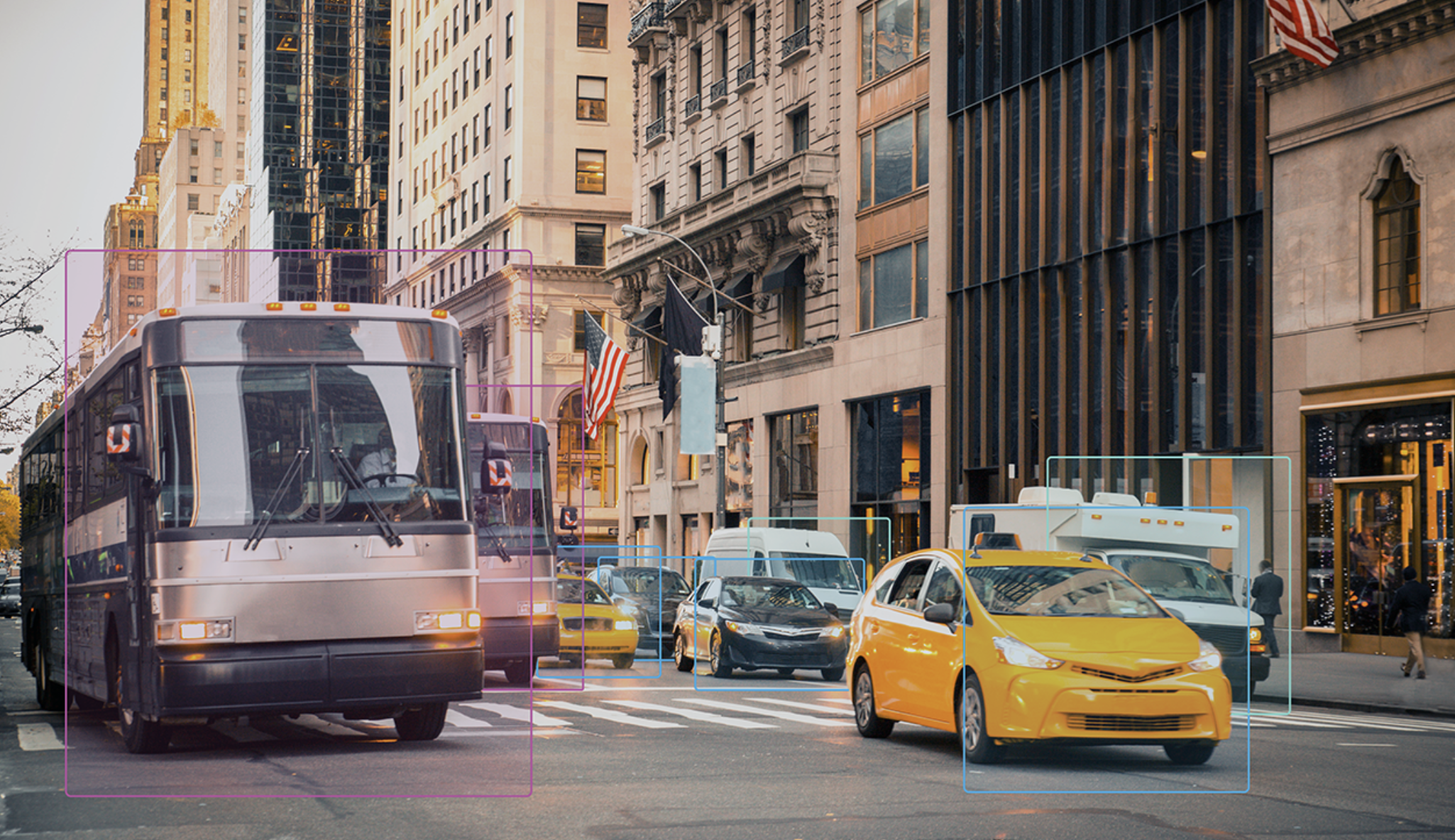Today on the Streetsblog Network, Austin Contrarian counts the ways that too much parking can damage a downtown:
 (Photo: Amber Rhea via Flickr)
(Photo: Amber Rhea via Flickr)
- Parking raises the cost of new development, which means less of it. This may be no big deal for a city with a built-out downtown, but it is a big deal for Austin, which devotes so many downtown blocks to surface parking or stand-alone garages.
- Parking not only raises the cost of new development, but it limits their size and density. An on-site garage can only be so big to be practical. A developer who wants to provide enough on-site parking to cover peak demand must first figure out how much parking he can build; only then will he know how much he can build of whatever it is he wants to build.
- Parking garages and surface lots blight the streetscape, triggering a negative feedback loop: the surface lots and garages make streets less attractive to pedestrians, which drives the pedestrians away, which reduces demand for pedesestrian-oriented retail, which makes the streetscape even less attractive for pedestrians, etc.
- Subsidized parking -- i.e., parking provided below cost -- distorts the market, encouraging an inefficient mix of driving and transit use.
- Plopping ever more parking downtown increases congestion. The amount of land devoted to streets is fixed. The amount of parking is not. Increasing the number of parking spots but not the amount of street space means more cars per square meter of street, which in turn means more congestion. (This very interesting paper (pdf) by Michael Manville and Donald Shoup explores this argument in depth.)
- Parking garages and surface lots are butt-ugly.
Elsewhere around the network: St. Louis Urban Workshop notes an apparent disconnect in the thinking of Christopher Dodd (D-CT), chair of the Senate Committee on Banking, Housing, and Urban Affairs.
The Overhead Wire asks why the U.S. can't match India's commitment to funding new Metro systems.
And Human Transit wonders whether we should ride mediocre transit systems just because they need the "vote" we cast when we hop aboard.





